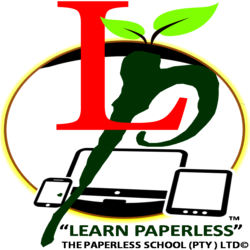Description
<p>Efficiently and profitably delivering quality flexible packaging to the marketplace requires designing and manufacturing products that are both “fit-to-use” and “fit-to-make”. The engineering function in a flexible packaging enterprise must attend to these dual design challenges.</p> <p><i>Flexible Packaging</i> discusses the basic processes used to manufacture flexible packaging products, including rotogravure printing, flexographic printing, adhesive lamination, extrusion lamination/coating; and finishing/slitting. These processes are then related to the machines used to practice them, emphasising the basics of machines’ control systems , and options to minimize wasted time and materials between production jobs.</p> <p>Raw materials are also considered, including the three basic forms: <i>Rollstock</i> (paper, foil, plastic films); <i>Resin</i>; and <i>Wets</i> (inks, varnishes, primers). Guidance is provided on both material selection, and on adding value through enhancement or modification of the materials’ physical features.</p> <p>A ‘measures’ section covers both primary material features – such as tensile, elongation, modulus and elastic and plastic regions – and secondary quality characteristics such as seal and bond strengths, coefficient of friction, oxygen barrier and moisture vapour barrier.</p><br><br><ul><li>Helps engineers improve existing raw material selection and manufacturing processes for manufacturing functional flexible packaging materials.</li><li>Covers all aspects of delivering high value packaging to the customer – from the raw materials, to the methods of processing them, the machines used to do it, and the measures required to gauge the characteristics of the product.</li><li>Helps engineers to minimize waste and unproductive time in production.</li></ul>


Reviews
There are no reviews yet.